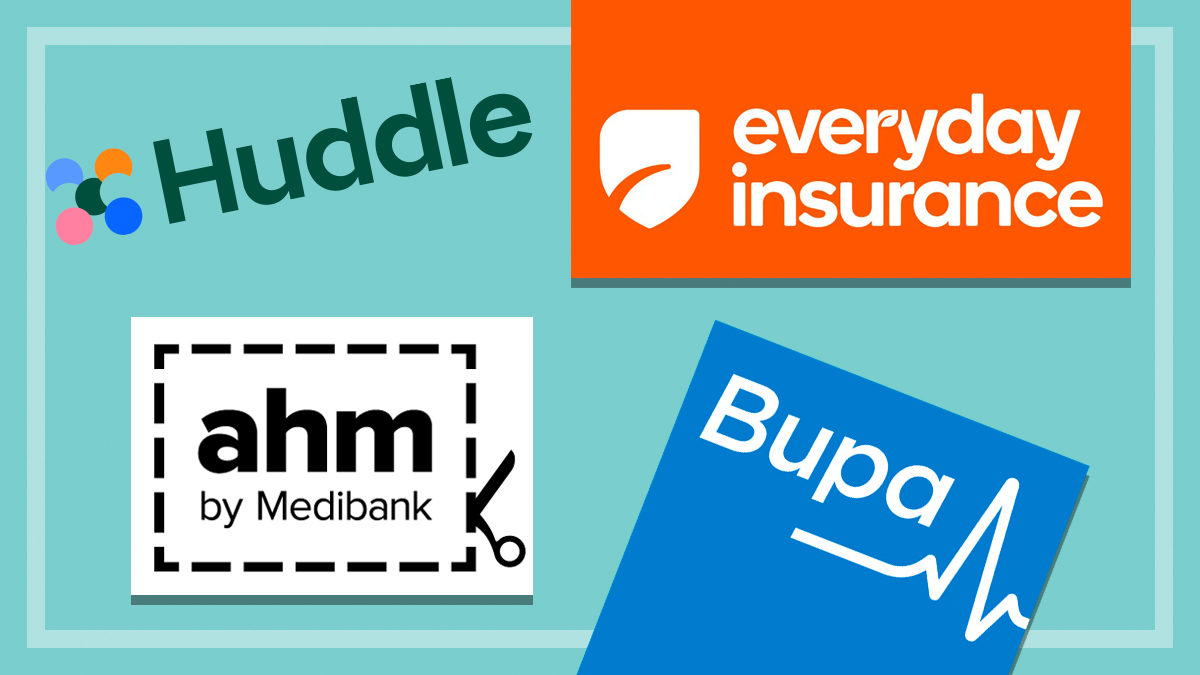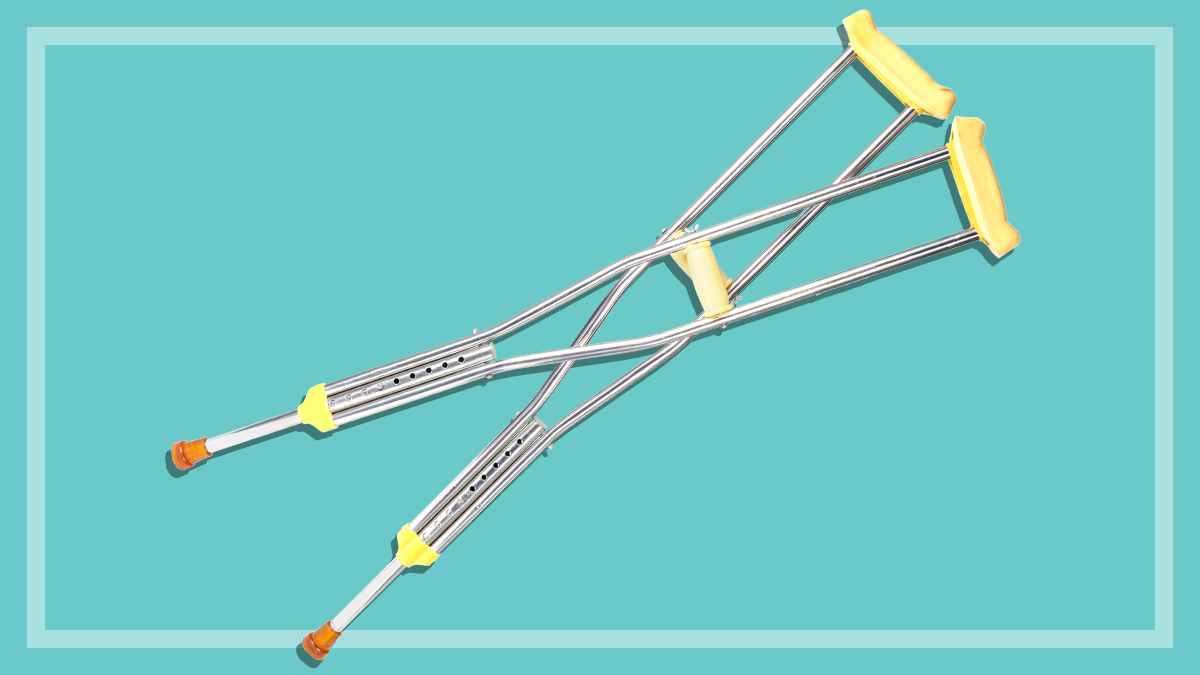Get our independent lab tests, expert reviews and honest advice.
How to find the best extras health insurance policy

Extras insurance is the part of your health insurance that covers costs outside of hospital that medicare doesn’t cover, like dental and physio. Extras policies are often sold as a bundle with private hospital insurance, but you don’t have to combine them, and there usually isn’t a cost advantage in doing so.
On this page:
In our health insurance buying guide, we explain how health insurance is split into hospital insurance and extras insurance. This guide to extras insurance will give you the lowdown on what you get with extras insurance, and whether it’s worth it for you.
Do you need extras insurance?
About 55% of Australians have extras cover, but many people don’t get great value for their money from it. With other insurances, like car or home insurance, when you make a claim, you pay the excess that you agreed to, and your insurer pays the rest, which could be a lot. With extras insurance however, the insurer pays a fixed amount per visit, treatment or device that you agreed to in your policy, and it’s up to you to cover the rest.
Extras health insurance is like a book of discount vouchers. In exchange for a few hundred dollars a year, you reduce your out-of-pocket expenses on certain services like dental care and clinical treatments (like physiotherapy and psychology), as well as glasses or contact lenses.
You need to make sure you pay less in premiums than you get back in benefits, otherwise you’re wasting money
Extras cover can help you budget for one or two dental check-ups a year, a new pair of glasses, or a certain number of physio sessions, and ideally reduce your out-of-pocket expenses. But you need to make sure you pay less in premiums than you get back in benefits, otherwise you’re wasting money.
Whether or not you need extras insurance comes down to whether you can get value out of it. If you use several health services and make claims through the year, then extras could be for you. If you’re going to keep the card in your wallet until you visit the dentist once or twice a year, you’ll save money if you just pay for it directly.
Can extras save you money on tax?
No. There are two penalties that apply to some people who don’t have health insurance – the Medicare Levy Surcharge (MLS) and Lifetime Health Cover Loading (LHC). Extras insurance won’t protect you from either of these penalties, only hospital cover will.
What level of extras cover do you need?
If you’re just after the basics – many people only want cover for dental, optical, and physiotherapy – then you should consider a budget or medium policy. Cheaper policies aren’t necessarily worse than the expensive options. You could get cover with the highest benefit limits and all the bells and whistles available, but if you’re spending more on premiums than you’re claiming, it’s still a bad purchase.
Budget policies can actually be better value: the benefits tend to be a bit lower, and the range of services more restricted, but the lower premium gives you an easier claims target to hit.
But if you have ongoing dental problems, get monthly massages, buy a new pair of glasses each year or plan to get braces for your kids, you’ll probably benefit from a more expensive comprehensive policy.
Comprehensive top-shelf policies are generally most suitable for people with expensive claims they want to offset, such as orthodontic treatment or hearing aids. For those services you’ll be lucky to get back a third of the annual fee even with the best cover, so you’ll still have to make at least a few claims for other things to get value out of your cover.
There are two groups of people who benefit most from extras insurance.
Extras insurance for families
Families pay the same health insurance premium as couples – or double the singles premium – so children are effectively insured for free.
But make note: parents with children under five receive, on average, about $100 of benefit for their child per year, whereas children aged between 10 and 19 clock up an average benefit of around $300–400 a year – which could have something to do with the high costs of orthodontic braces.
If you’re interested in hospital insurance for your family, head to our guide to finding the best health insurance for families.
CHOICE tip: Some health funds offer no-gap extras cover for kids, particularly for dental.
Extras insurance for people aged 55–79
This group makes the most of their extras cover benefits compared with other age groups, receiving an average benefit of $600–700 per person, per year.
If you’re looking for hospital cover for seniors, read our guide.
How much can you claim?
Don’t expect your extras policy to cover all of your bills. In 2023 the average insurer rebate was 50% of the total fee charged for the service or device. This means, for example, if you paid $300 to visit the dentist, your insurance would cover $150 of that.
Annual limits and item limits
Health funds usually advertise the top-line benefit you can receive, for example: “$400 a year for physiotherapy”. But hidden under that annual limit are item limits on individual claims. In this example, you might only be able to claim $40 per visit (think of it like a discount voucher). If your physio charges $90 a session, this means you are $50 out of pocket for every appointment, and it will take 10 visits before you can actually claim your full annual limit.
For some policies, insurers offer a percentage benefit instead, such as 60% per visit (like a 60% off voucher), and then you need to pay the remaining 40%. You can find these benefit limits on the policy’s Private Health Insurance Statement, or PHIS.
Percentage benefits are generally better value
Percentage benefits are generally better value over the long term. Our research has shown that insurers don’t tend to increase their set benefit amounts – the policy you buy today will more than likely pay the same amount for a dental check-up in three years’ time.
Meanwhile, your premium has gone up, your dentist has increased their fees, and you’re the one paying more out of pocket. Percentage benefits, by definition, increase as the fees charged by healthcare providers increase, meaning your policy doesn’t lose value over time.
These item limits are found in every service covered by extras, so before you go jumping into a product because of its high annual caps, it pays to do some personal accounting and figure out how much you can actually expect to claim.
Dental care is the biggest reason most people get extras – almost half of all claims are in this category. Dental is split into four categories:
- general dental (basic things like check-ups)
- major dental (crowns or tooth extractions)
- endodontic (root canal)
- orthodontic (braces).
Annual limits for general dental range from $200 to unlimited. Annual limits for major dental and endodontic range from $300 to unlimited. These three categories are sometimes combined under a single limit, while orthodontics is usually treated separately (see below). Individual treatments will also attract item limits, which will constrain the amount you can claim for any one visit to the dentist.
This is treated differently to other dental services. Orthodontics often comes with item limits, annual limits, and lifetime limits. For example, you might be able to claim:
- 60% (item limit) of your orthodontic bill
- up to $1000 per year (annual limit)
- up to a cap of $2500 (lifetime limit).
These caps apply per person, so if you’re thinking about getting braces for all of your kids, the lifetime limit will apply to the individual.
Keep in mind that if you’re considering getting extras insurance to cover the cost of orthodontics, there’s typically a 12-month waiting period. A lot of funds offer orthodontic benefits that increase over time, so that you can’t claim the full benefit unless you’ve been a loyal customer for several years.
The typical benefit for optical is $250. Some policies will also add extra sublimits for frames, single- or multi-focal lenses, and contact lenses, so check with the fund before joining to confirm how much you can claim.
Note that percentage benefits for optical are usually a bad deal. Because many people only make one optical purchase per year, most policies let you claim the entire annual limit in one go – essentially this is a 100% benefit. Some policies offer 60% on every service, which can be a good deal generally, but if that 60% also applies to glasses, you’ll have to spend more to claim the full annual limit
Clinical therapies include physiotherapy, podiatry and psychology. Benefits for these services are paid per visit. Usually a policy will have a slightly higher benefit for the first visit than subsequent visits.
Under psychology, there may be different benefits for a private counselling session and group therapy sessions. You typically cannot claim for sessions covered by a Mental Health Care Plan, even if your provider charges you a gap. However, if you need more sessions beyond the 10 per year covered by Medicare, your extras can cover some or all of the cost.
If you require appliances for physiotherapy or podiatric treatment (e.g. pressure therapy garments or orthotic devices), the health fund may cover these as well, if your GP or allied health professional prescribes them.
Extras can cover you for the cost of some prescription medicines that aren’t subsidised by the government. These are usually medicines that are only available with a prescription, and not listed on the Pharmaceutical Benefits Scheme (PBS) schedule.
You typically will have to pay the equivalent PBS copayment (i.e. what you’d have to pay if the medicine was listed on the PBS) before your insurer benefits kick in. In 2025 the PBS copayment is up to $31.60 for most PBS medicines, or $7.70 if you have a concession card.
Some extras policies offer benefits for some health devices, most commonly hearing aids and blood glucose monitors for diabetics.
Benefits are typically for the cost of the device and for repairs (although, never forget in many instances you have rights to a repair under the Australian Consumer Law). And there are usually service limits: for example, you may only be able to claim the cost of a new appliance every three years.
Extras health insurance tips
Preferred provider schemes
A number of health funds run preferred provider schemes, where you can get higher rebates by choosing to use certain providers. These are usually dentists, physios and optometry chains the health fund has negotiated discounted prices with.
Some large funds like Bupa and HCF operate their own clinics where you can get gap-free preventative dental treatment or discounted glasses.
Be aware that professional bodies like the Australian Dental Association are opposed to these schemes on the grounds they don’t offer continuity of care and reduce your choice of provider.
Check for loyalty bonuses
Some health funds pay higher benefits to loyal members. While this is good for you if you’ve been with them for a long time, it can be a disadvantage for new members since your time with another fund is not counted towards these bonuses. Common bonuses are in orthodontic and major dental benefits, which can increase annually for up to 10 years.





